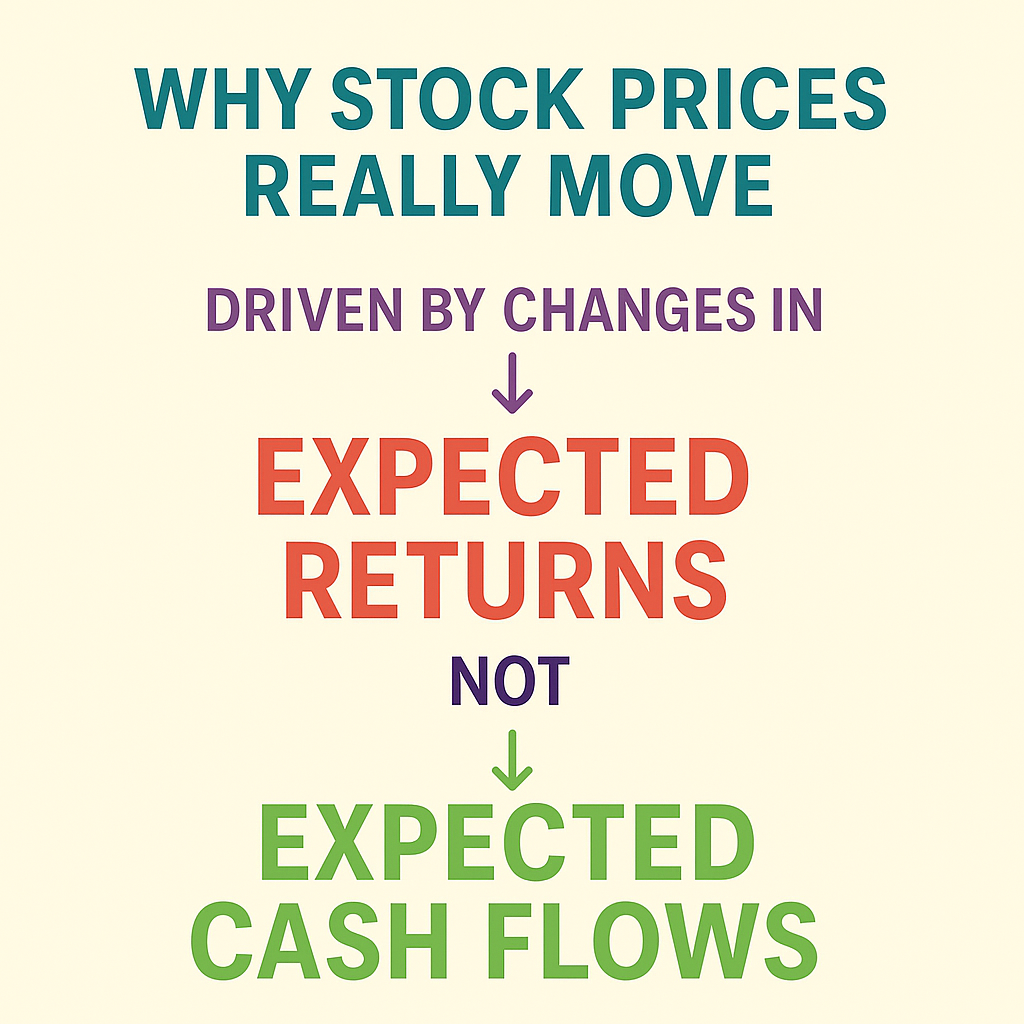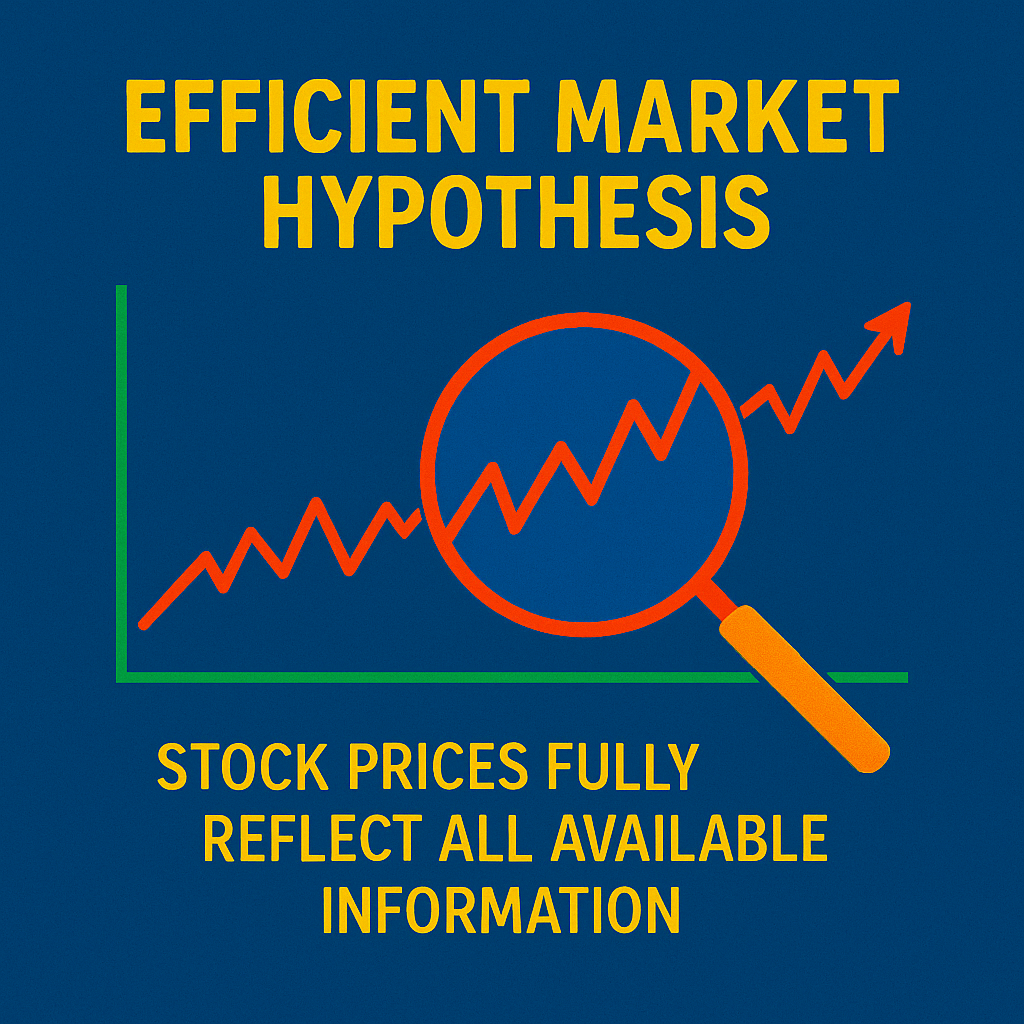Featured and Latest Posts

Can Active Fund Managers Protect the Downside?
Active managers often claim that they earn their keep in downturns—sidestepping crashes, rotating into resilient sectors, or holding cash whilst passive investors suffer. But when we test that promise across the bear markets of 2000–2002, 2008, 2011, 2018, 2020 and 2022, the data tell a different story.
Using SPIVA scorecards and academic research from Cochrane, Blake, Barras and others, this post shows that active fund managers not only fail to protect on the downside—they often underperform more severely. Across US style boxes and global markets, the pattern is consistent: the ‘safe hands’ of active management rarely deliver when it matters most.
If you're relying on stockpickers for crisis protection, it may be time to rethink that strategy.

Can Stock Returns Be Predicted? Cochrane, Campbell, and the Case for Time-Varying Discount Rates
It’s tempting to think that rising stock prices reflect improving fundamentals—stronger earnings or higher dividends. But research by John Cochrane and John Y. Campbell suggests otherwise: most price movements are driven not by changes in expected cash flows, but by changes in expected returns.
If dividends are relatively stable but prices are volatile, the discount rate must be moving. In other words, prices often rise because investors are willing to accept lower returns for holding stocks.
This helps explain why valuation ratios like the price-dividend ratio tend to predict long-term returns—not dividend growth. When prices are high relative to dividends, future returns are typically lower.
The implication is clear: expected returns vary over time, and valuation matters. But whilst these signals can inform long-term asset allocation, they’re noisy and best used cautiously.

What Eugene Fama Really Says About Efficient Markets
Eugene Fama’s Efficient Market Hypothesis (EMH) is often misrepresented. Far from claiming that markets are always right, Fama argues that whilst markets aren’t perfectly efficient, they’re efficient enough that consistently beating them is extremely difficult.
He outlines three forms of efficiency—weak, semi-strong, and strong—based on how much information is reflected in prices. Whilst evidence supports the weaker forms, Fama himself rejects the strong form that assumes insider information is priced in.
For Fama, EMH is a useful framework, not a flawless rule. Prices can be wrong—but not in ways that investors can reliably exploit.

Growth, Value, and the Long Game: Discount Rates, Cash Flows, and Who Should Own What
Growth stocks sound like the perfect match for aggressive, long-term investors—offering high return potential, long horizons, and exciting prospects. But beneath the surface lies a more complex story. Growth and value stocks respond differently to changing economic conditions, and understanding these differences is crucial to building a resilient portfolio.
This post explores why growth stocks are more sensitive to changes in the discount rate, whilst value stocks are more exposed to changes in expected cash flows. We examine the deeper implications of ‘good beta’ and ‘bad beta’—concepts developed by John Y. Campbell and Tuomo Vuolteenaho—and how they influence the real-world risks investors face. Finally, we turn to lifecycle investing: why young investors with risky jobs may benefit from growth, and why older investors might tilt towards value. The result is a more nuanced framework for asset allocation—one that considers not just age or return potential, but how your investments interact with your income, career, and future opportunities.



Good financial decisions aren’t about predicting the future, they’re about following a sound process today.
In investing, outcomes are noisy. Short-term performance often reflects randomness, not skill. Yet fund managers continue to pitch five-year track records as if they prove anything. They don’t.
As Ken French puts it, a five-year chart ‘tells you nothing’. The real skill lies in filtering out the noise, evaluating strategy, incentives, costs, and behavioural fit.
Don’t chase what worked recently. Stick with what works reliably.